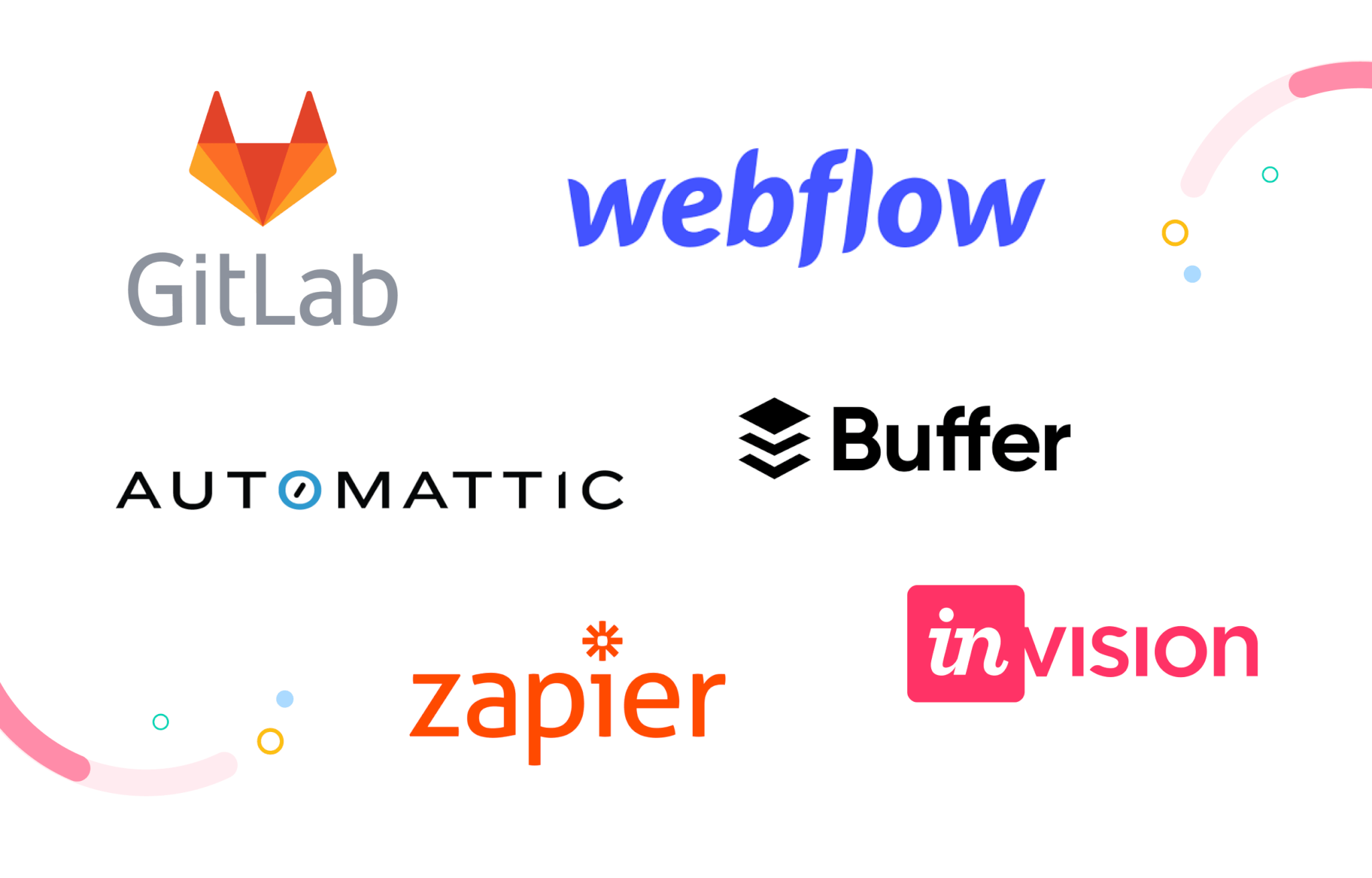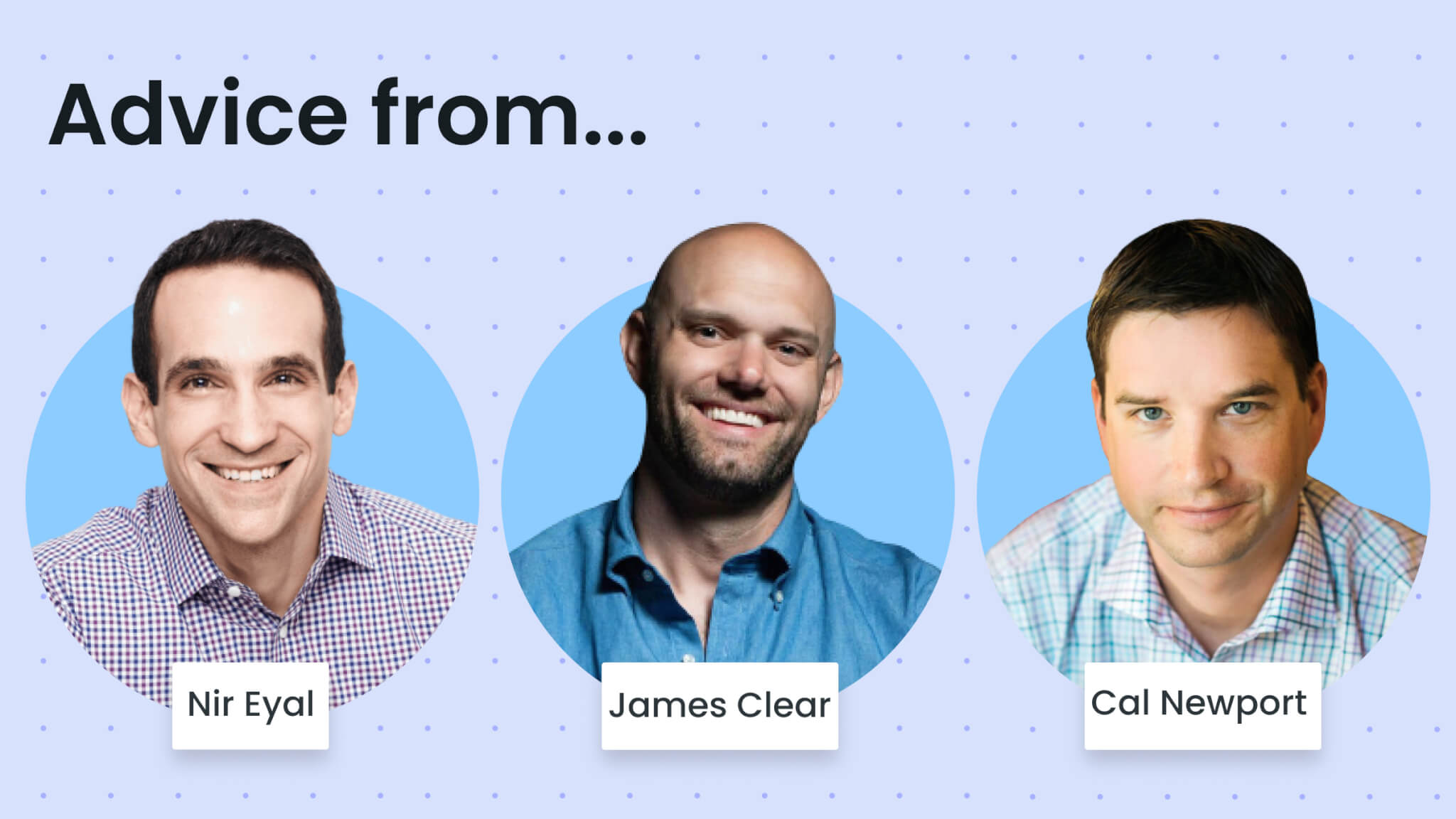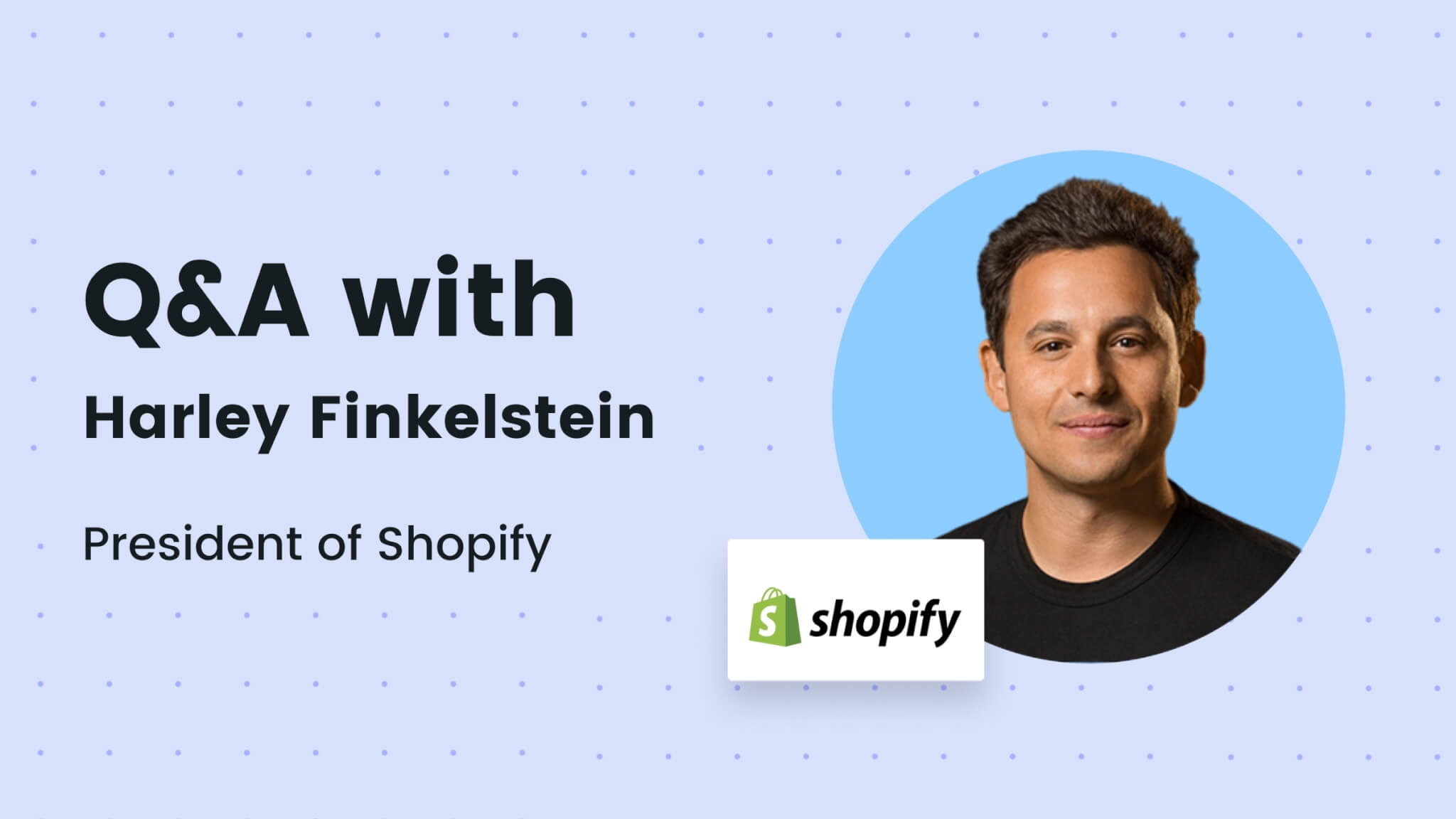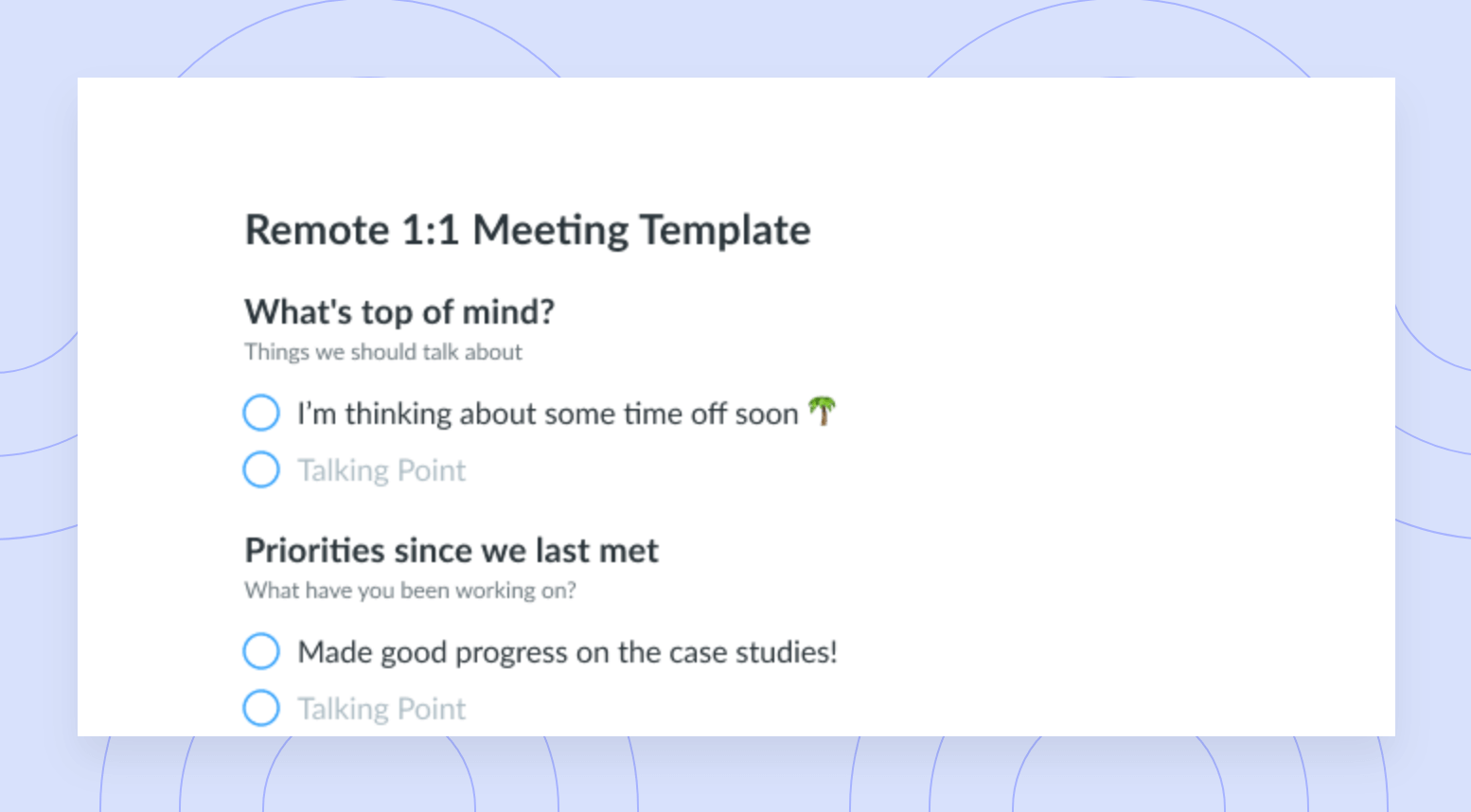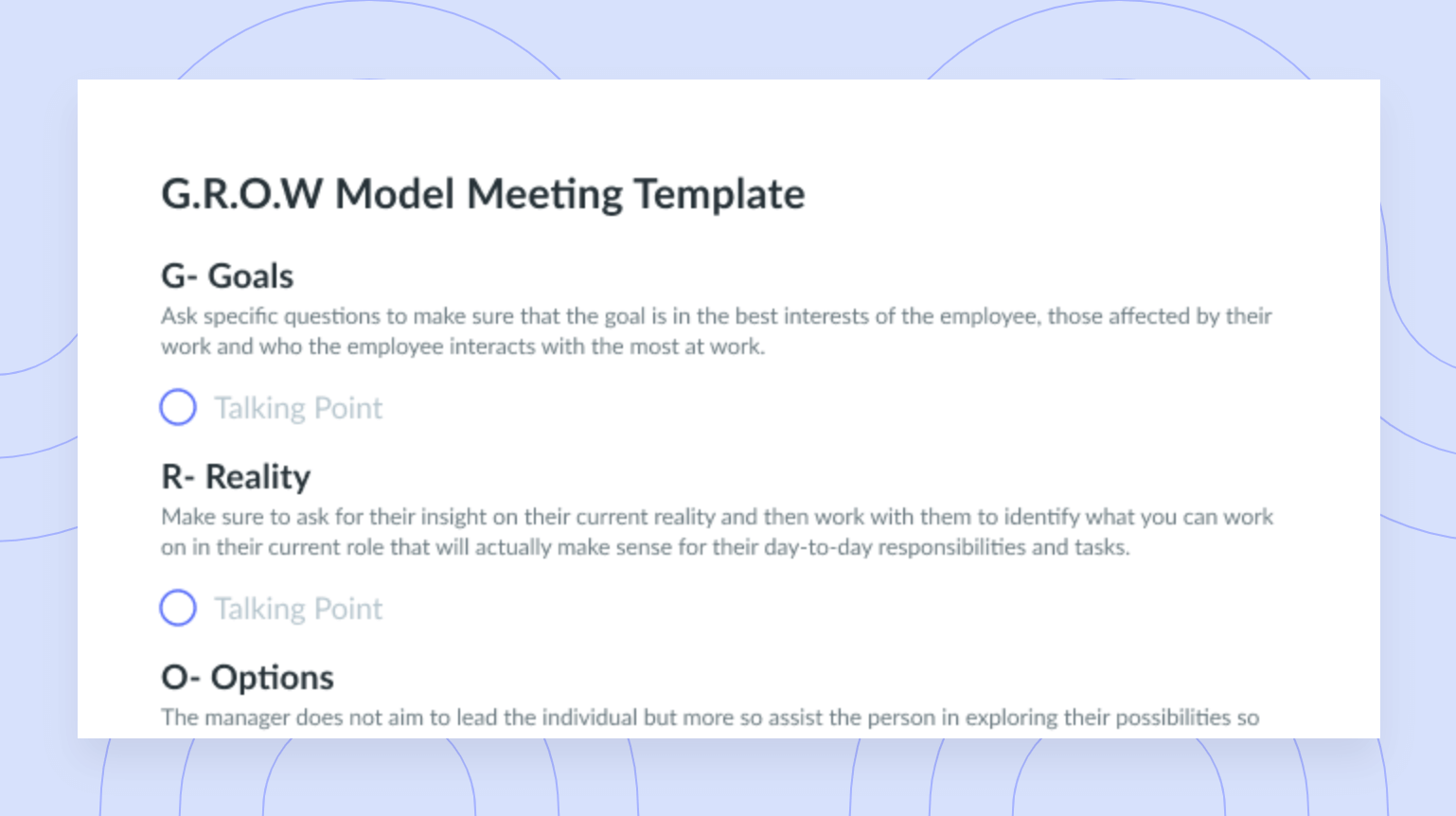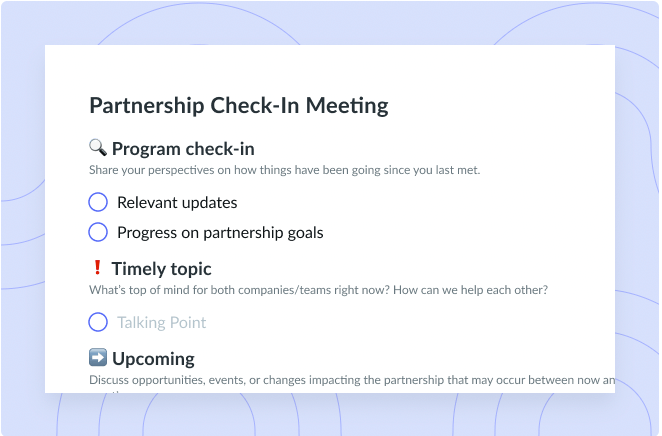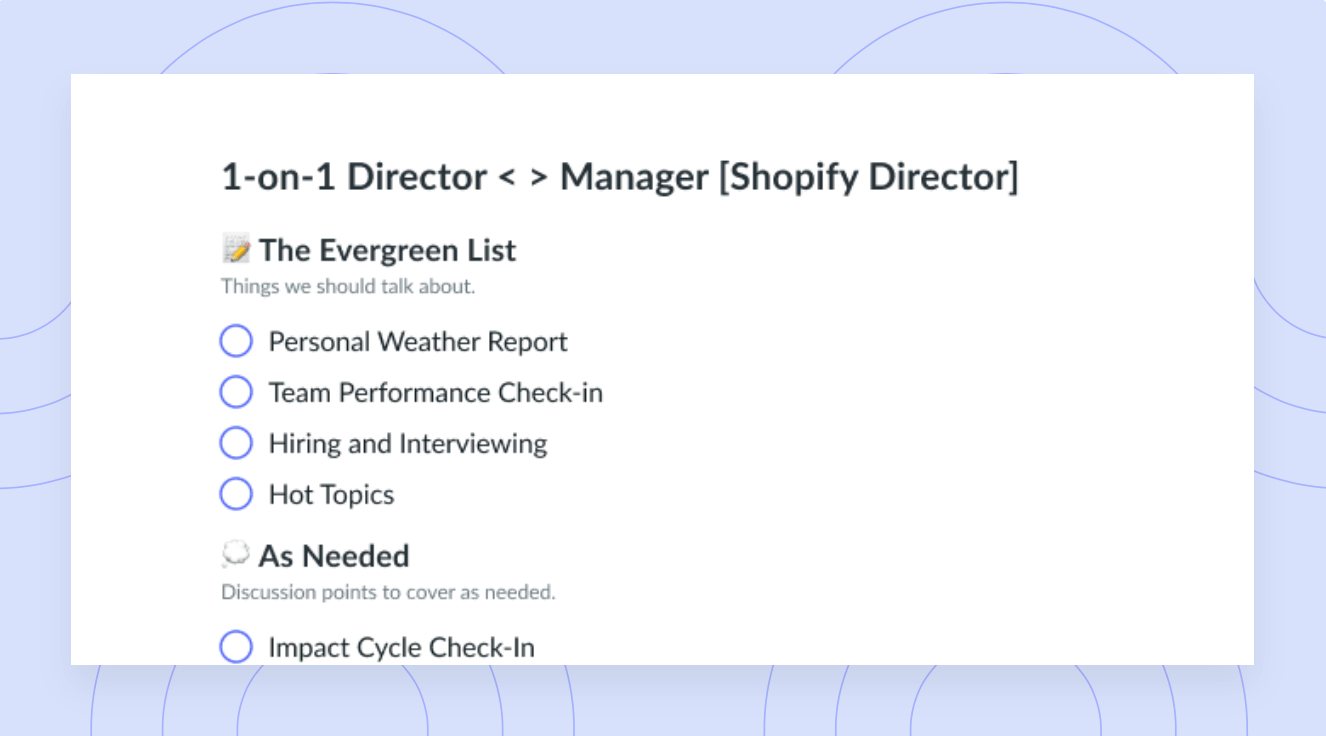Work from Anywhere: Shopify and GitLab on a Digital By Default Future
Darren Murph (Head of Remote at Gitlab) and Mark Bergen (Head of Revenue at Shopify Plus) talk about remote work best practices and the experiences that each company has had with going remote.
The world is changing and companies like Shopify are changing with it. Earlier this year, the e-commerce giant announced its transition to a Digital by Default model, allowing its 5,000+ employees to work from home indefinitely.
“We expect that majority of people will work from home and home offices in the future,” said CEO Tobi Lutke. “The choice is really: are we passengers on this tidal wave of change? Or do we jump in the driver’s seat and try to figure out how to build a global world-class company by not getting together that often.”
GitLab, on the other hand, has been an all-remote company from its early days. According to Darren Murph, Head of Remote at Gitlab, the first three employees were located in three different countries, which meant that the team was distributed from the beginning.
Now, Gitlab has over 1,300 team members in 65+ countries and years of experience in the remote world.
“The founding team actually came to California for Y Combinator, and coming out of that they got an office briefly,” said Darren Murph. “It lasted about three days before people stopped showing up. They didn’t want to deal with the commute, and work kept getting done. And they realized very early on that money was much better spent on people, tools, and technology than an office building that they didn’t own. So from the very beginning, we were all-remote.”
Driven by a curiosity to know how both companies were adapting to the world’s transition to remote work, Fellow hosted a live AMA (ask-me-anything) with Darren Murph (Head of Remote at Gitlab) and Mark Bergen (Head of Revenue at Shopify Plus).
Here are 6 frequently asked questions about remote work that we covered in this interview:
- What do All-Remote and Digital By Default mean?
- What is Gitlab’s “handbook-first” approach?
- Documentation and transparency
- Creating connections and trust
- Defining boundaries and a work-life balance
- What is your advice for remote managers?
1 What do All-Remote and Digital By Default mean?
Darren Murph (Gitlab):
All-remote is very specific. We have no company-owned offices, which means that we have one playing field. So everyone that joins the company is on the same playing field.
With “remote-first”, there’s generally some sort of physical presence even if it’s one company headquarters or an employee experience center, there is some place that the company owns where some amount of people can go and work.
And in that instance, you’re tasked with operating remote-first. You assume that everyone will be remote because you don’t know if anyone on any given day will be in the office, but you have to think that there will be some people that are in a different environment. Both are amazing. There are just some subtle differences on the ownership and the physical location piece.
Mark Bergen (Shopify Plus):
Shopify is a global business. We’re over 5,000 employees, and from the very early days, we’ve had a support infrastructure of, what we refer to as our Gurus, who support our merchants around the world, that organization is an enormous organization. It’s about 30-40 percent of our employees, it’s about 2,000 people who have always been remote, and they operate remote. So for many of us who’ve been office centered, it’s now us learning how to operate like them.
So we’ve operated as a very dynamic company where we have 2,000 employees who have always worked remote. That is their world. And we’ve had 4,000 employees who have been office-centric and yet bound by this really common culture no matter what the work environment has been in and what your experience is.
As COVID hit, our CEO’s view has been the future just pulled forward by five or ten years. We see that in e-commerce, certainly, but also just the belief of office centricity. That office centricity and this idea that we all need to congregate in physical space, we need to live close to our physical space and that becomes the common currency around which work gets done is just gone, and it’s dead – and it will be. So he’s making the bet and basically saying, “I don’t believe it’s going to happen anymore. And in fact, I believe given what we’ve seen out of our support organization, we can build an organization, which probably fits more with how Darren described digital-first”.
So we do have some Shopify facilities as we think about what we’re going to do with them. And it’s new for us, there may be some roles that at times we feel need to congregate. We also have people who signed into Shopify, with the expectation of physical space.
We need to be sensitive to, does everybody have access to a safe space? Psychologically safe, physically safe. So there’s considerations like that we’re working through as we go. But our intent is, the vast majority of people and the vast majority of work will be remote and that is our assumption moving forward.
2 What is Gitlab’s “handbook-first” approach?
Darren Murph (Gitlab):
Documentation is a dangerous term because if you just allow people to document, that means something different to everyone. So, your finance team may be documenting in one place and your HR team in another place and then you get communication silos. We say handbook-first, to remind people that we have a single source of truth which is the Gitlab Company Handbook. We actually use Gitlab, the product, to build that handbook and iterate on that. There are hundreds of improvements on that every single day and we use the version control feature so that anyone can make a proposal, even outside of Gitlab. We have a lot of the broader community that will make suggestions for improving our handbook.
We do this because as a remote team, you can’t be sure that anyone is available or online at any given time. It helps reinforce our bias for asynchronous, which we fundamentally believe is a more inclusive way to work, we try to reduce the reliance on synchronicity to get work done. And that means we have to document things as we go so that other people around the company will have access to the most up-to-date information.
It’s really key in onboarding that we train people to look first in the handbook and to adopt this practice of self-service and self-learning, which is very counterintuitive if you’re used to tapping someone on the shoulder to fill in any knowledge gaps that you have. And it actually can feel kind of isolating and jarring initially, and people very much opt into this culture. We’re very upfront about what it’s going to be like and you’re going to have to write a lot when you get here, but you learn that this creates massive efficiencies, the more that’s written down, the less you have to re-answer.
We have this concept called “answer with a link”. And so just as you’re asking me these questions, my goal is to be able to answer with a link for anything that I’m saying. I hope that there’s a link that will add additional context.
So, if we get asked a question at Gitlab and the problem actually hasn’t been solved and hasn’t been documented, we take the approach of finding the answer, finding the subject matter expert, then documenting it, and putting it in the handbook so that if anyone has this question, henceforth, they’ll be able to find it in the handbook.
3 How do you promote a culture of documentation and transparency when working remotely?
Darren Murph (Gitlab):
We have transparency as one of our core values, and we actually have a key performance indicator where we, quarter over quarter try to make sure that the percentage of slack messages sent as private or direct messages actually goes down, and the ratio of the public messages sent go up. That helps more decisions be made in public so that they’re broadcast to the broadest amount of people, which goes along with our mission of everyone can contribute.
You have to have some of these cultural underpinnings in place to empower people to be that transparent and show their work even if it’s in draft and we believe that everything is under construction, and we have no issues at all shipping something that is just a minimum viable product, just a better iteration. You really have to adopt all of these things. For this to feel really succinct. Otherwise, you’re missing out on some of those hallway conversations where decisions get done very quickly, but in private
In a remote setting, you just have to get a lot more comfortable with decisions being made in public and operating with no ego.
Mark Bergen (Shopify Plus):
We talk a ton about trust and we use this concept of a “trust battery” internally at Shopify. And one of the things that we’ve talked about internally a little bit and I’m really starting to notice now in a remote environment, is if you want to be transparent, it means you’re going to see some of the messy stuff along the way. It’s not buttoned up. We don’t have all the answers. We’re learning as we go. We’re making decisions as we go, but here’s how we’re thinking about it and here’s the process we’re going through… and we expect a fairly high degree of trust with one another, that you’ll accept that you’re seeing how the sausage is made. It’s not done yet.
One of the things that we continue to focus a lot on as a company… and I would encourage others who are thinking about or considering what this world looks like. It’s really strong underpinning trust.
I realize this is not intended to be about Fellow, but actually, we’ve adopted Fellow quite heavily internally at Shopify. And it’s a fantastic tool for us for just rapid documentation in one place around meetings, forwarding or having common agenda items that are continuing to roll forward for meetings, etc.
So we’ve started to adopt some tools like Fellow, that we have found to be really helpful in capturing documentation in one place and something you can always refer back to in written format.

Productivity Tip
It’s easy to forget the discussions, decisions, and action items that happen across your many meetings. With Fellow, you can have one source of truth for every meeting, boost transparency and accountability, and never forget what was discussed.

4 How do you create connections and trust with a remote team?
Darren Murph (Gitlab):
We mostly use Slack for informal communication. We fill our slack with topical channels and we also have location channels, so whenever we get five or six people in a geographic region, whether it’s the Bay Area, or Singapore or London, we’ll create a location channel. So, regardless of someone’s function, if they’re relatively close to someone, they can join that location channel. When travel is freer, we see a lot of these people actually make ad hoc co-working days where there will get 20 or 30 people together that just happen to live near each other and work together.
We also have a visiting grant where we will partially subsidize travel to encourage people to travel around the world and meet their Gitlab team members.
We’re really intentional about in-person interactions. We get the whole company together once a year for essentially a week of team excursions and team bonding. We try to get as many people as possible in person for our Gitlab Commit user events and our sales conferences throughout the year. So even though we’re an all-remote company, it doesn’t mean we don’t see each other. We actually love to see each other and at Gitlab we look forward to business trips, because it means we get to see people and I think for a lot of people in co-located companies, they’ll do anything they can to get out of a business trip and it’s actually quite the opposite for us because it’s a pretty special special occasion to get to see someone in person.
Mark Bergen (Shopify Plus):
Google has done a ton of work on this (with Project Aristotle). And they found trust was one of the secret ingredients for teams to work exceptionally well.
The core of it is, trust is a combination of your character and competence. Neither of those things necessarily changed because you went remote, you’re still accountable.
The part that I’ve learned or I’m learning, I’d say is the transparency part. So trying to be fairly clear for example, through slack, I put myself into a status that said, “I’m busy for the next hour and a bit if you text me right now, I’m not going to get back to you in the middle of doing something” or “I’ve now left the day it’s now been turned off”. And even subtle things…
I noticed in the business, we have some people who will still keep their calendars private. And so when you go to their calendar, look for time, it shows us private busy blocks. A bunch of us in leadership are trying intentionally to be very public with our calendars. It’s a way of creating more transparency, people can see what I’m working on, what I’m doing, what my day looks like, if there’s something I need that for some reason is private and just can’t be, fine, I can make that one private. A higher level of transparency in the business, I noticed, is subtle things that make a big difference.
5 How do you define boundaries and a work-life balance when working from home?
Mark Bergen (Shopify Plus):
As a leader, you have to model work-life balance. I am fairly intentional about this. I take time off. I’m pretty loud about it. And I think it’s good for people to see well, if you took time off, then it should be okay. Whatever you model, your people will tend to follow.
The second part is, to be fairly clear about intended outcomes. For example, what do we expect of your people? They’ve suddenly had to live at home and become full-time teachers, and care for kids, and all these other things. If they’re going to work too hard, we’re going to end up having people burn out. So you know, try to be very empathetic with people, but work with people, what is their situation? What is their current environment? And what is the intended outcome? What do we expect them to try to get done? That is my expectation. I’m not expecting that plus 38%. And in fact, if it’s that plus 30%, either we’re really bad at figuring out what an intended outcome is, or you’re really bad at putting in way too many hours on it and either of those are a problem we need to look at.
So, be really clear with what the intentions are, have a lot of empty, and as leaders, model what you expect.
Darren Murph (Gitlab):
It’s all about articulating the metrics. Remoters guilt is very real. If you’re used to essentially giving away hours of your life to your company as a commute, you feel like what now? Do I still have to do that? Even if I work from home? No, that was never their time to begin with. And you should be ruthless about it. It was your time, you are there to deliver results, not to commute. And on the results front, if you meet the result, then take time off.
I was just speaking with someone in Gitlab. They have a metric of hitting 20% on something this quarter and they’re already above 20%. And they said, well, next week, I’m just going to take some more hours off because I met the goal. Why would you work longer hours if you’re that far above the 20%? Either you’re just not a great manager of your own schedule or we’re really bad at setting metrics.
It should not be taboo to say something like that. And in fact, I hope it’s loud and proud so that other people are encouraged to be efficient with their time. It is not a badge of honor to work until you’re completely exhausted, and we need to remind each other of that.
6 Finally, what is your advice for managers who are leading remotely for the first time?
Darren Murph (Gitlab):
The advice I’d give to start out is that you have to shift from being a director and a hand holder to just open to feedback and an unblocker. The role of the manager mostly becomes unblocking. And that requires a culture of trust where your direct reports will come to you and say: “this is where I’m at on a project. I can’t figure out how to get around this thing. Can you help me get around this thing?”
So you are really reliant on your people telling you what they need and empowering and equipping them as a leader to run really fast and do what they need to do. I think this should have always been the case, this is probably a better approach even in the office, but there’s really no other way around it in a remote setting.
Mark Bergen (Shopify Plus):
As a leader and a manager, if you’re not hiring people that you can trust to work when you’re not around, you probably have some bigger issues that you need to look at.
My concern has actually been people when they’re not in the office almost have a fear that people are thinking they’re not working. So there’s a tendency to actually want to over-produce so that you’re seen as, “hey, look what I just did”, which is actually very unhealthy.
I think it’s rooted in really strong trust. The job of managers is to unblock and help people push things through and get their projects done. And one of the things we do intentionally internally, we’ve talked a lot about what are the intended outcomes for people. So we sit down and we regularly review “What are our intended outcomes? What do we expect over the course of the month of the quarter of the half year? What should be the outcome that we’re looking for?”
And now I’m going to trust you to go and do it. My job is to maybe test ideas, make sure we’re on the right path, but really try to unblock you as I go, versus watch your day-to-day activities, because I’m going to trust you’re doing the right things.


